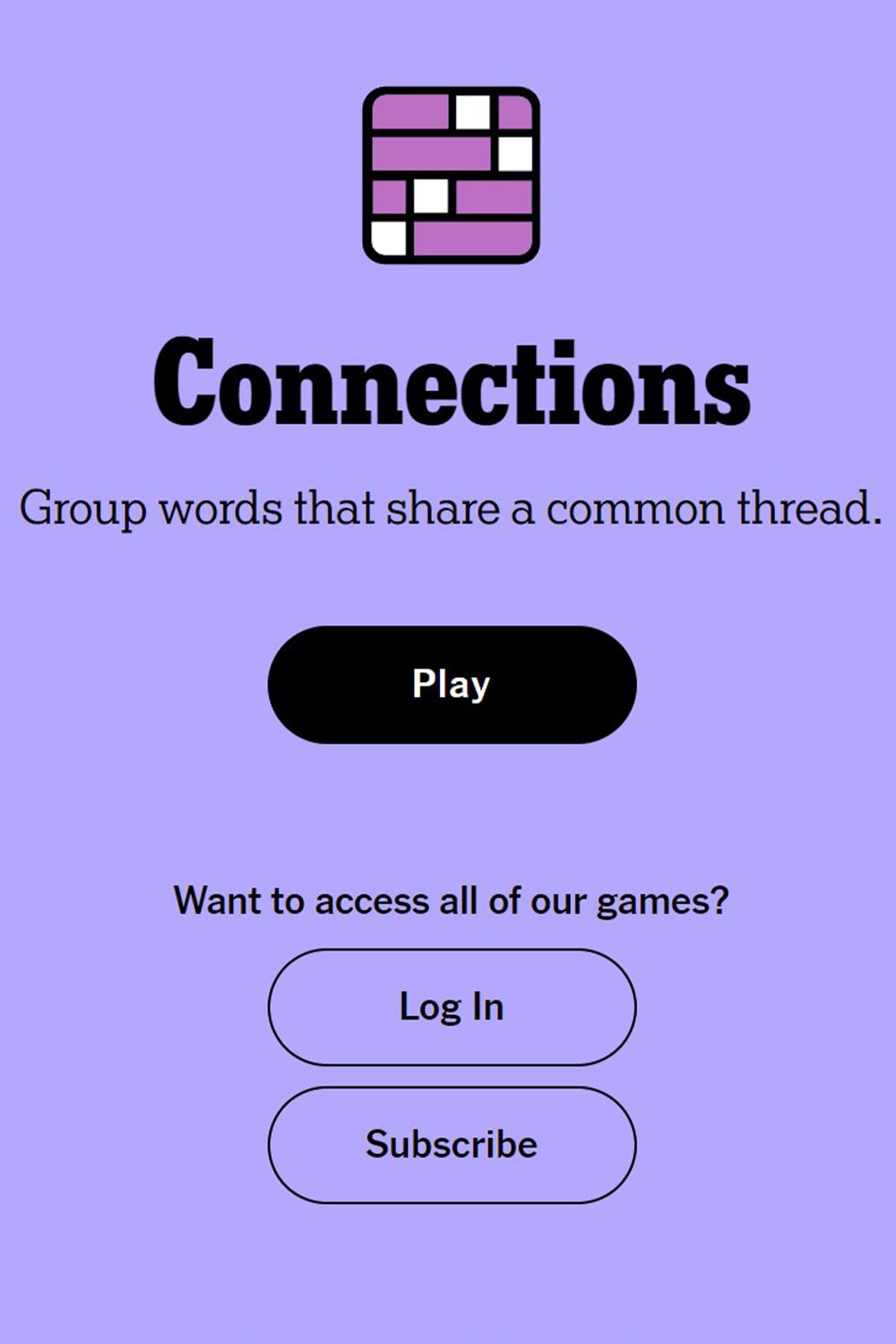NYT Connections Clues and Answers: Unraveling the December 13, 2024 Puzzle!
Okay, fellow word puzzle enthusiasts! Let’s dive headfirst into the captivating world of the New York Times Connections game, specifically the puzzle from December 13th, 2024. I know, I know, we’re looking into the future here – but let’s pretend it’s already here and we’re tackling this brain teaser together. This article will walk you through the clues, offer potential solutions, and hopefully, leave you feeling satisfied (and maybe a little smarter) by the end.

Remember, the beauty of Connections lies in its deceptiveness. What initially seems like a jumble of seemingly unrelated words often reveals a hidden, elegant connection when you approach it with the right mindset. So, grab your coffee (or tea!), settle in, and let’s crack this code!
Understanding the Game: A Quick Refresher
For those unfamiliar, the NYT Connections game presents you with a grid of words. The goal is to find the connection between each row of words, and then find the overarching connection between all the rows. It’s a test of lateral thinking, vocabulary, and a healthy dose of creative problem-solving. It’s the kind of puzzle that makes you feel incredibly clever when you finally "get it."
The Clues (Hypothetical – December 13th, 2024)

Since we’re predicting the future here, I’ll create a hypothetical set of clues to illustrate the process. Let’s imagine the clues for December 13th, 2024, look something like this:
Row 1: APPLE, ORANGE, BANANA
Row 2: SUN, MOON, STARS
Row 3: CAR, TRAIN, AIRPLANE
Unraveling the Mystery: A Step-by-Step Approach
Now, let’s tackle these hypothetical clues. The key is to consider various types of connections:

-
Categorical Connections: Do the words belong to the same category? In our example, Row 1 is clearly fruits. Row 2 represents celestial bodies. Row 3 is types of transportation.
-
Semantic Connections: Is there a relationship in meaning or concept? Sometimes, the connection is more subtle, requiring you to think about the broader implications of each word.
-
Phonetic Connections: Do the words sound alike, or share similar phonetic structures? This is less common, but can be a sneaky way to throw you off.

-
Hidden Patterns: Look for patterns in the number of letters, the arrangement of vowels, or any other unusual features.
